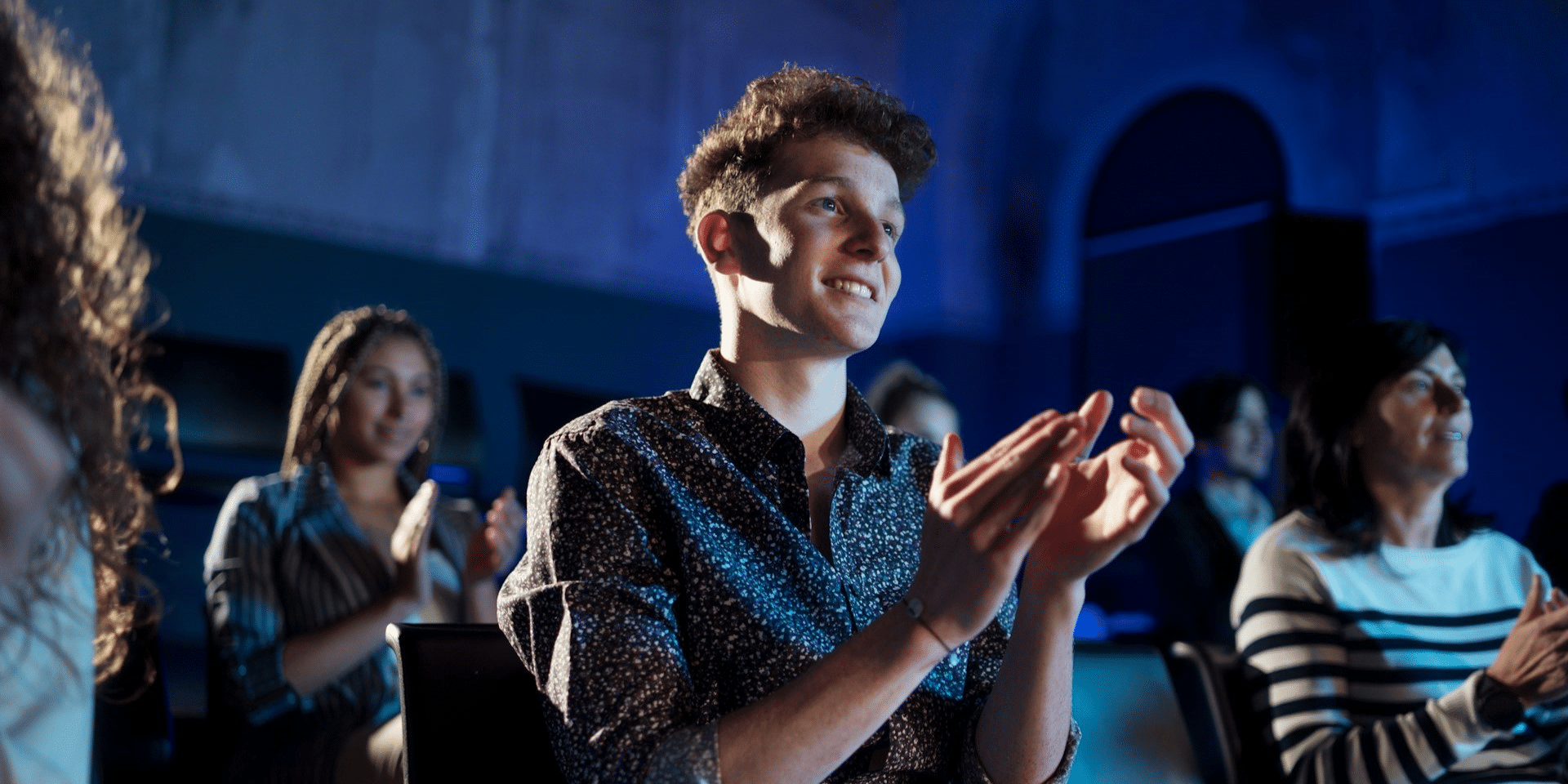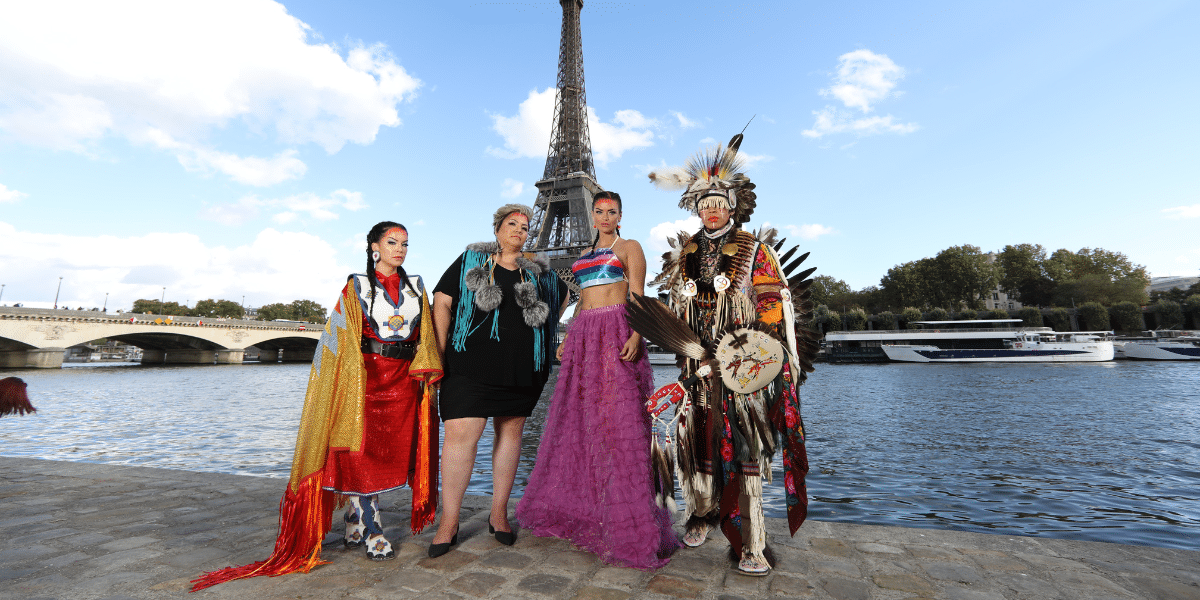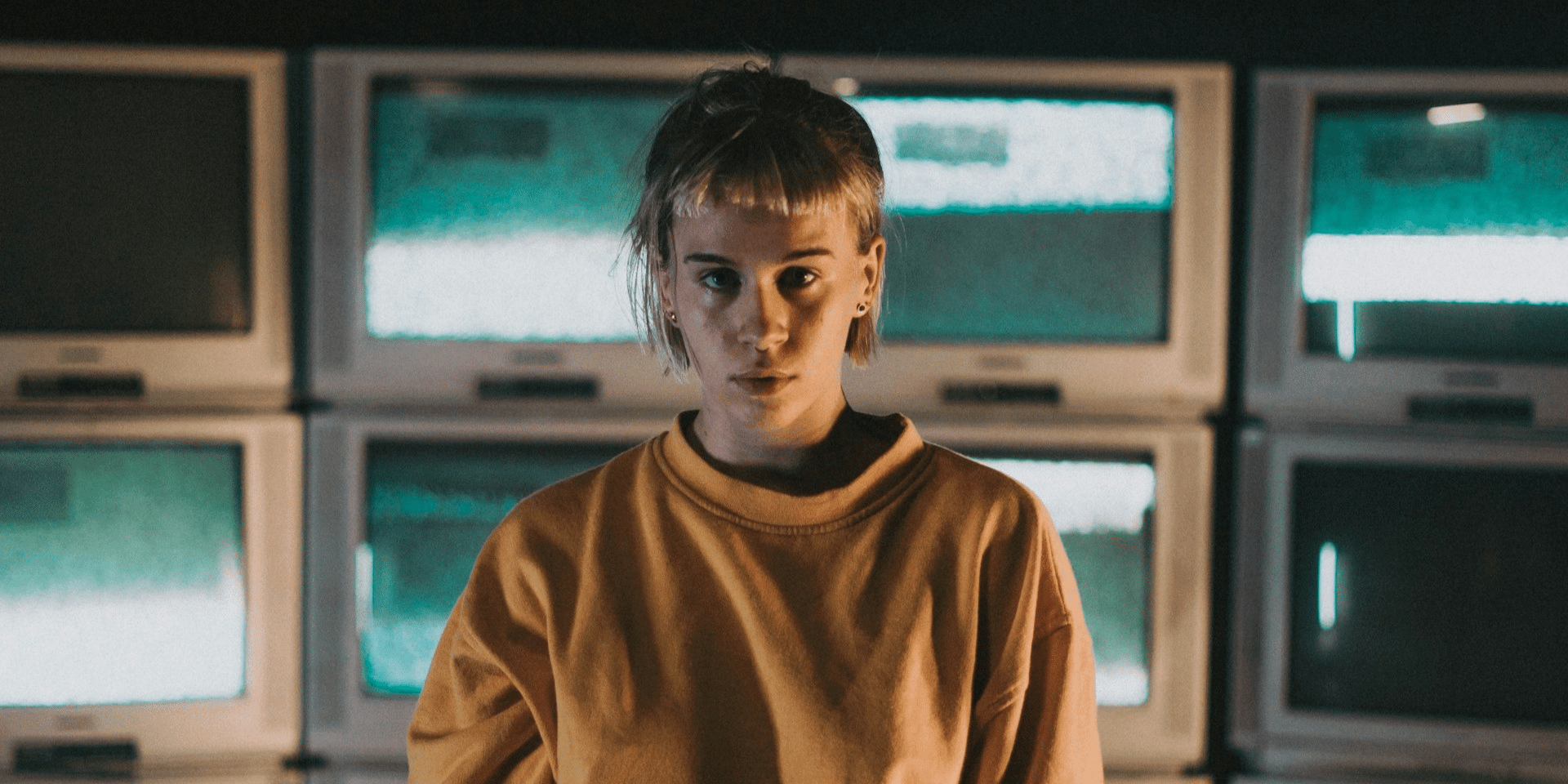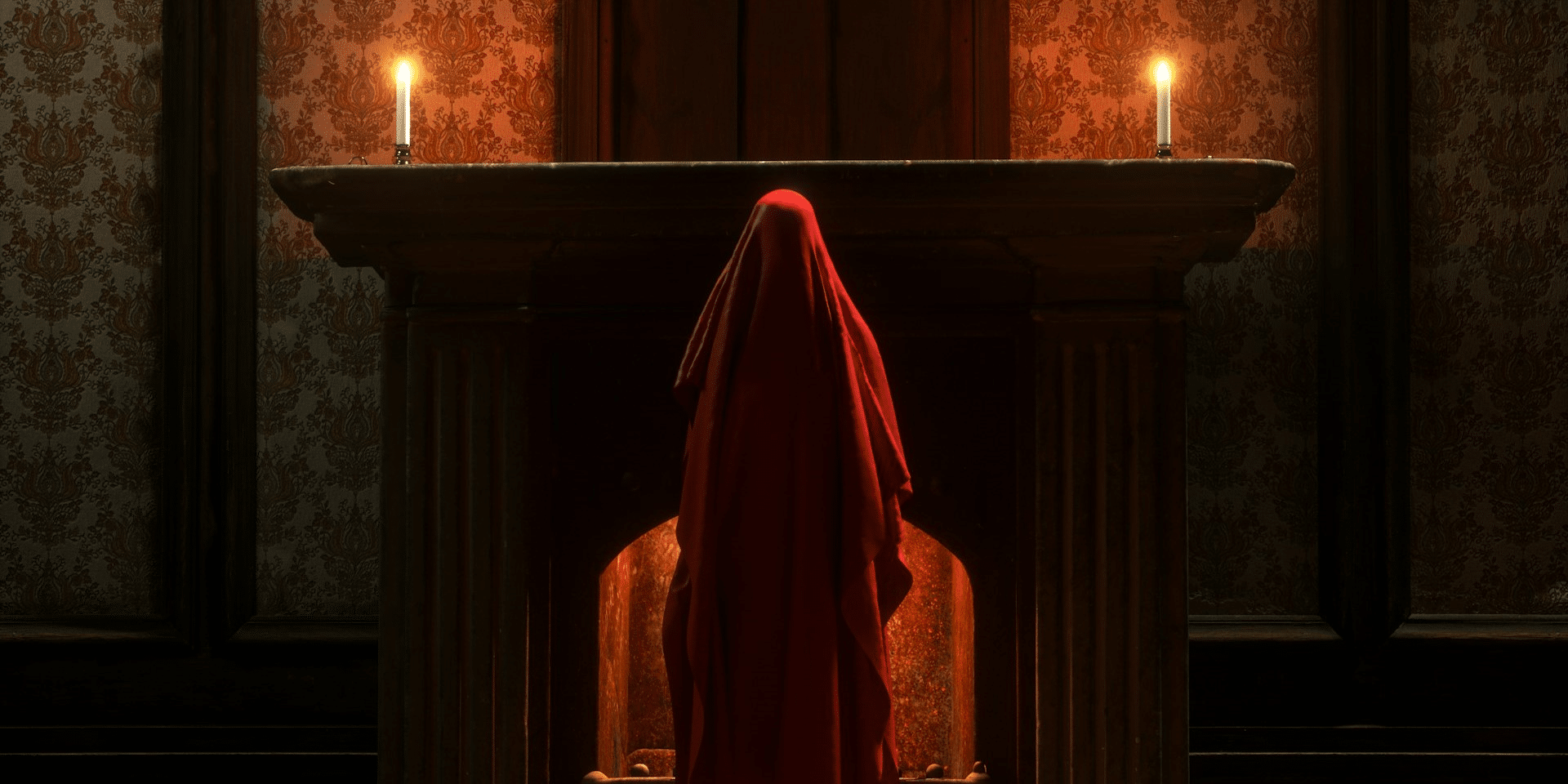The “best friend turned lover” trope is a popular narrative device in films, captivating audiences with its blend of familiarity and romance. This trope involves two friends who gradually realize their romantic feelings for each other, transforming their relationship from platonic to romantic. This article explores the elements that make this trope appealing, its portrayal in films, and its impact on audiences.
The Appeal of the Best Friend Turned Lover Trope
One reason the “best friend turned lover” trope resonates with audiences is its relatability. Many people have experienced close friendships where deeper feelings develop over time. This trope mirrors real-life experiences, making it easy for viewers to connect with the characters and their journey.
The emotional depth of the relationship adds to the trope’s appeal. Since the characters share a strong bond and history, their romantic progression feels more profound and authentic. The audience witnesses their growth and the challenges they overcome, creating a more engaging and emotionally satisfying story.
The slow build-up of romantic tension keeps audiences hooked. The moments of near-confession, jealousy, and realization of feelings create anticipation. Viewers become invested in the characters’ journey, eagerly awaiting the moment when they finally acknowledge their love.
Portrayal in Films
Several classic films have successfully utilized the “best friend turned lover” trope. Movies like “When Harry Met Sally” and “My Best Friend’s Wedding” are quintessential examples. These films highlight the transition from friendship to romance, emphasizing the characters’ shared history and deep emotional connection.
Modern films continue to explore this trope with fresh perspectives. For instance, “Friends with Benefits” and “Love, Rosie” offer contemporary takes on the narrative, incorporating humor and modern relationship dynamics. These films show that the trope remains relevant and adaptable to changing social contexts.
Key Elements of the Trope
A solid friendship foundation is crucial for the success of this trope. The characters must have a believable and well-established friendship that sets the stage for their romantic evolution. This foundation ensures that the eventual romantic shift feels natural and justified.
Character development is essential in portraying the transition from friends to lovers. Both characters need to undergo personal growth, which often leads them to realize their feelings for each other. This development adds depth to the story and makes the romance more compelling.
Conflict and resolution are integral to the trope. Obstacles such as misunderstandings, fear of losing the friendship, or external pressures create tension. Resolving these conflicts convincingly is key to a satisfying narrative. It shows the strength of their relationship and reinforces their commitment to each other.
Impact on Audiences
The “best friend turned lover” trope deeply engages audiences emotionally. The gradual build-up of romance, combined with the characters’ history and shared experiences, creates a powerful emotional journey. Viewers often feel a sense of satisfaction and joy when the characters finally come together.
This trope often reflects real-life relationship dynamics, where friendships evolve into romantic relationships. Audiences see their experiences mirrored on screen, making the story more relatable and impactful. This reflection can also offer insights into their own relationships and emotions.
The trope promotes hope and optimism about love and relationships. It suggests that true love can be found in unexpected places and that strong foundations of friendship can lead to lasting romantic partnerships. This positive message resonates with viewers, reinforcing their belief in the power of love.
Challenges and Criticisms
One criticism of the “best friend turned lover” trope is its predictability. Since the outcome is often anticipated, some viewers may find the narrative formulaic. However, creative storytelling and character development can mitigate this predictability, keeping the story fresh and engaging.
Another challenge is the potential for setting unrealistic expectations. In real life, not all friendships evolve into romantic relationships, and expecting such outcomes can lead to disappointment. Films should balance romantic ideals with realistic portrayals to avoid fostering unrealistic expectations.
The “best friend turned lover” trope remains a beloved and enduring narrative device in films. Its appeal lies in its relatability, emotional depth, and ability to create tension and anticipation. Classic and modern films continue to explore this trope, highlighting its adaptability and relevance. While it faces challenges such as predictability and the risk of setting unrealistic expectations, the trope’s emotional engagement and positive message about love and relationships make it a powerful storytelling tool. By understanding the elements that make this trope successful, filmmakers can continue to create compelling and heartwarming stories that resonate with audiences.







